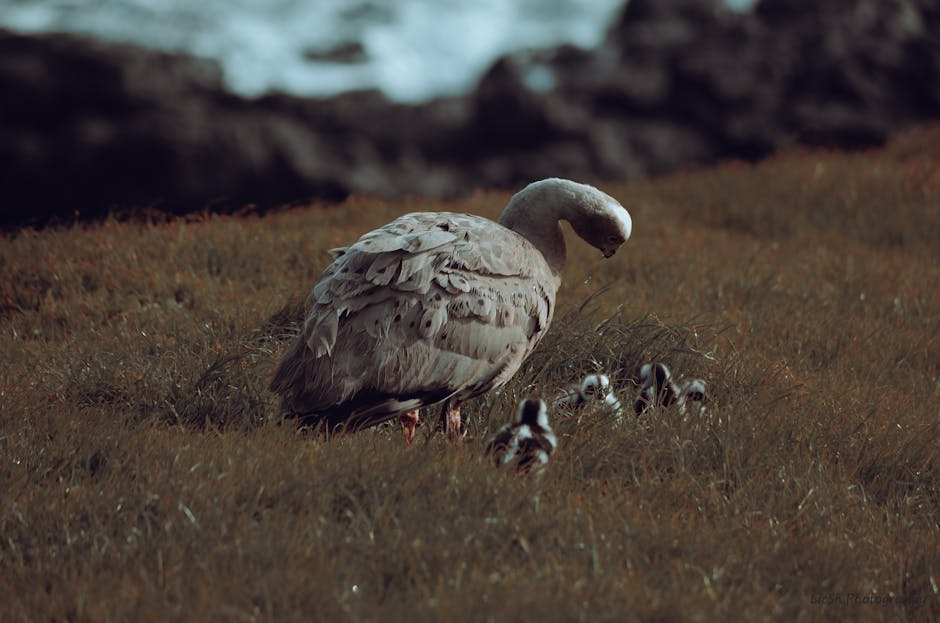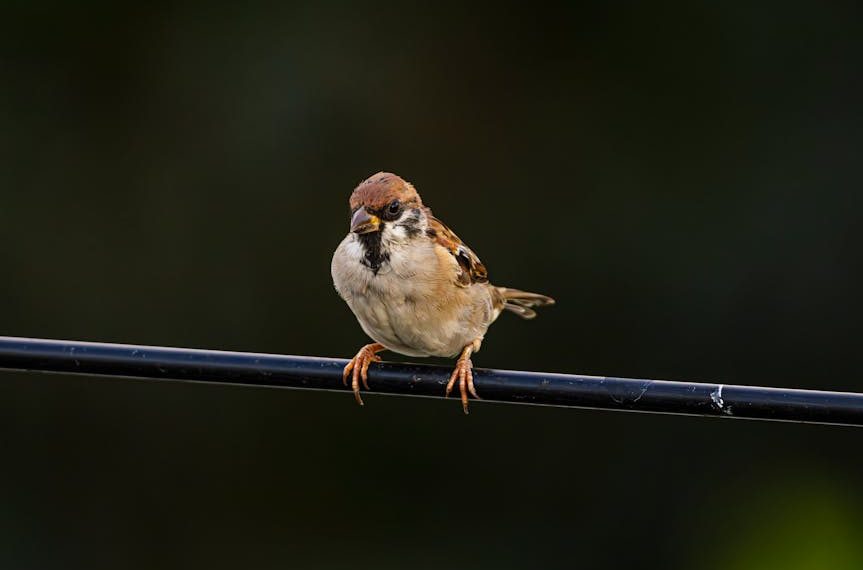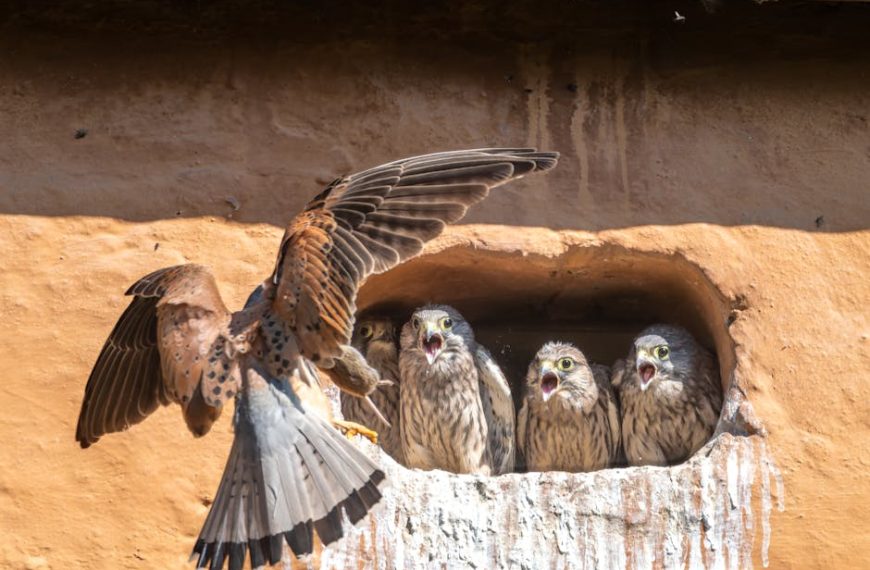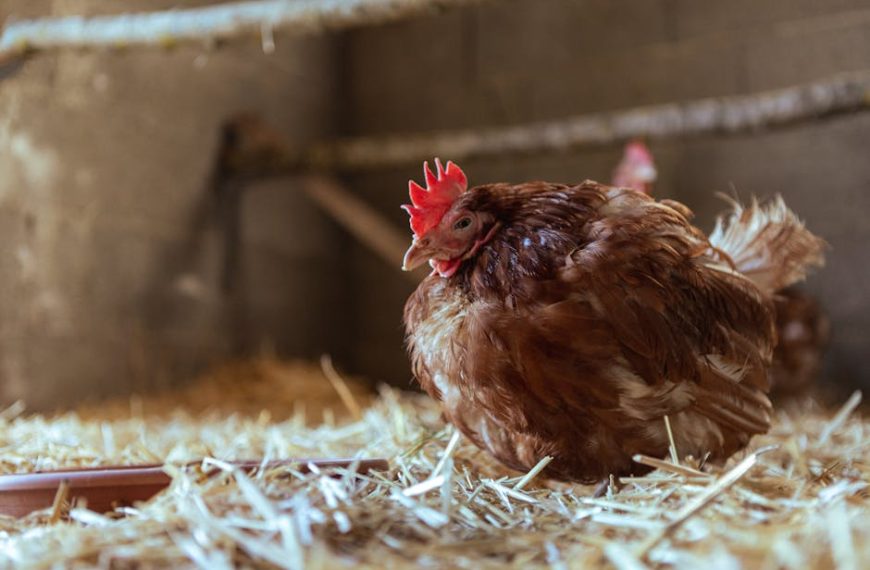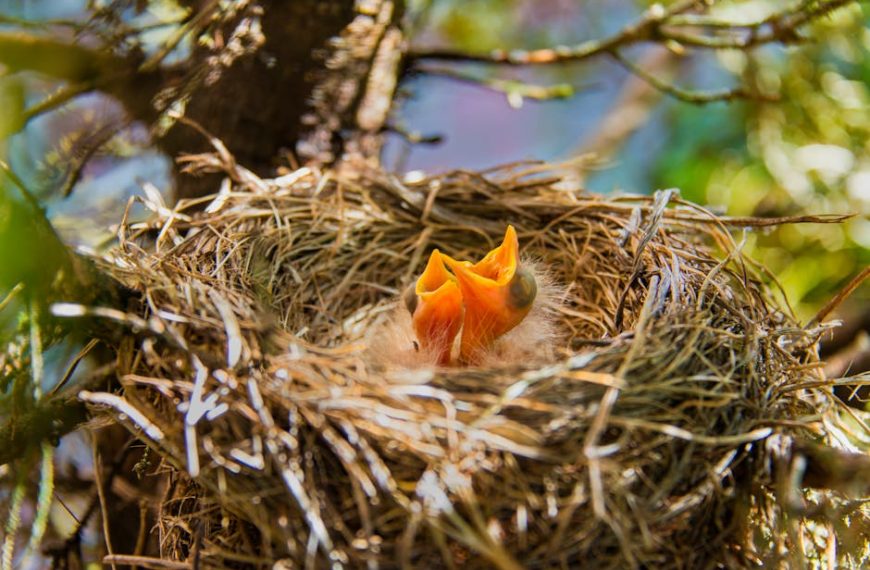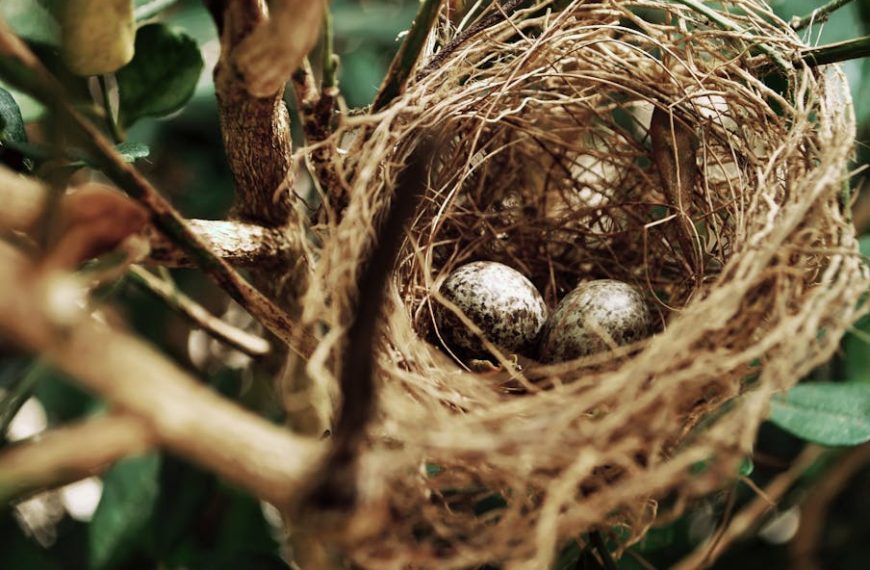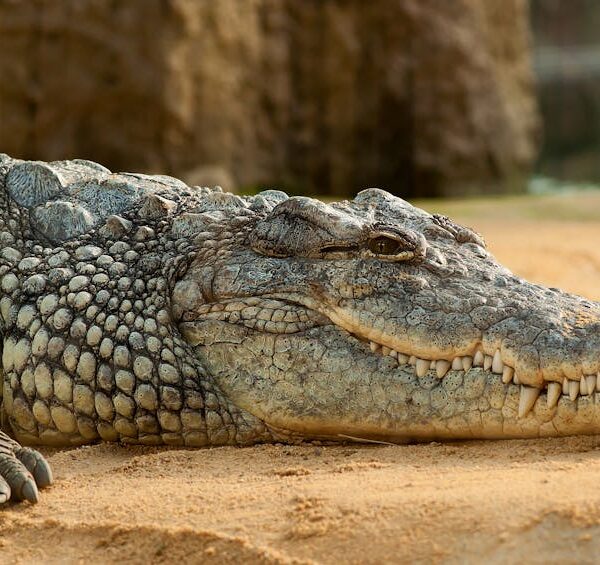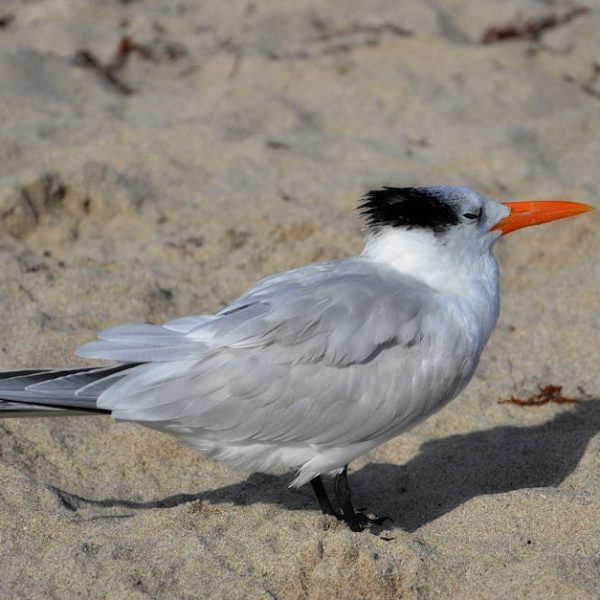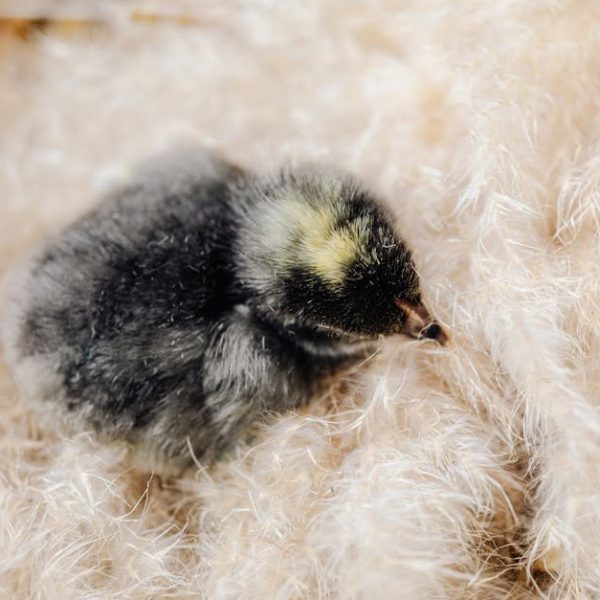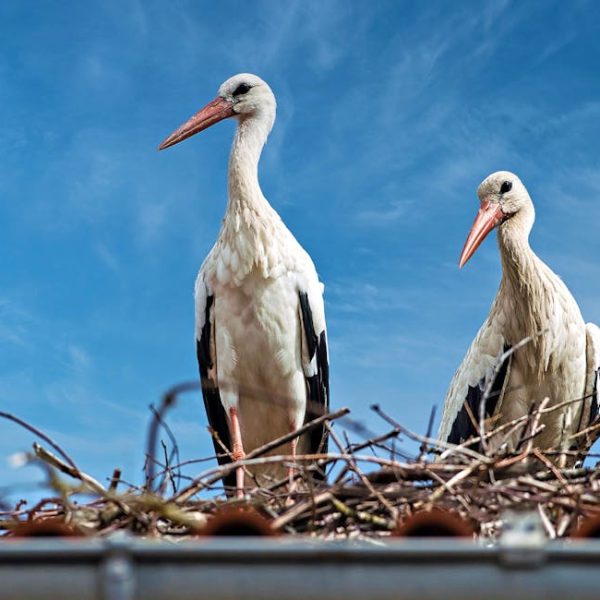Mother birds have been nurturing their young for eons – a crucial task that greatly influences the survival rates of fledglings. The process of feeding is an integral part of the birds’ nurturing and involves two significant phases.
First, during the nestling phase, the baby birds heavily rely on their mother for sustenance. At this stage, the fledgling birds are feeble, just hatched from their eggs, without fully developed wings. The role of the mother bird is crucial here, as she provides regular feedings, often every few minutes, depending on the species.
The second phase of feeding, the fledging stage, signifies independence. Here, baby birds are strong enough to leave the nest, opening up new opportunities and challenges in sourcing their food.
Pro tip:
Observing these feeding stages in nature can offer an enriching understanding of the bird life cycle.
| Best Practices |
|---|
| Mother birds handle feeding their young in novel ways. They may make thousands of feeding trips a day, become extremely resourceful during food scarcity, and equally ensure proper hydration either through food or dew drops. |
Digging Deeper: The Role of Regurgitation in Bird Feeding
In many bird species, the process of regurgitation is an essential part of feeding their young. The mother bird will consume food, partially digest it, and then bring back the softened and nutrient-rich meals to her young. This process helps break down the food into manageable pieces for the fledgings, ensuring their digesting system can cope with the intake.
Comparison:
This feeding method is not unique to bird species, as certain mammalian and insect species adopt similar feeding techniques.
Regurgitating feeding comes with its pros and cons. The obvious advantage is that it allows the bird parents to provide their young with pre-digested nutrients, ensuring their growth and development. One potential drawback is the risk of disease transmission if the parent bird consumes food infected with bacteria or parasites.
Serving A Variety: Feeding Variations Based on Bird Species
Feeding methods greatly vary among different bird species. Factors such as the diet of the parent birds, their size, and other environmental parameters contribute to these practices.
List:
Some bird species depend on insects, some on seeds, while others may prefer a combination of both. For instance, Robins primarily feed their young with earthworms and insects, whereas sparrows opt for a diet rich in seeds.
Vs:
Comparing raptors and passerines, we can observe distinct contrasts in their feeding style. Raptors, known for their hunting prowess, often bring fresh kills of small mammals to their nest. On the other hand, passerines, fairing well on smaller prey, feed their offspring a variety of insects and seeds.
Survival Lessons: Teaching Hunting and Foraging
Beyond directly feeding their young, mother birds play a critical role in teaching their offspring the art of hunting and foraging. Skills like identifying suitable food sources, picking up on prey movement, and mastering the art of the swooping capture are all taught by the mother bird.
Checklist:
Much of this teaching includes demonstration (showing how to do it), encouragement (bringing fledglings to the food source), and eventually letting their babies take the lead (supervised hunting).
Observing these best practices, one can acknowledge that the feeding process has a far-reaching impact on bird survival, making sure the fledglings can fend for themselves once they leave the nest.
Next, hold onto your seat, as we venture to understand the threats lurking around these nurturing moments and how mother birds react to safeguard their young.
Nurturing Amidst Danger: Potential Threats and Predation Prevention During Feeding
Feeding times can be precarious for baby birds since the noise and activity often attract potential predators. It’s during these vulnerable instances that mother birds don their protective mantle, demonstrating fascinating defensive behavior.
One can observe mother birds using a clever repertoire of strategies including swiftly carrying away eggshells post hatching to avoid detection, camouflaging the nest, and improvising feed timings to confuse predators. Some species are known to use deceptive signals to lead predators away from the nest.
Best Practices:
Mother birds often change their flight path when returning to the nest, to avoid drawing a beeline for predators. They also use distraction techniques, feigning injury to divert the attention of predators away from their vulnerable offspring.
Pro tip:
Some mother birds display aggressive behavior, directly attacking or mobbing the intruder regardless of their size. This assertive technique, often an act of communal cooperation with other adult birds, has been successful in shooing off potential threats.
In Conclusion
The feeding process of birds provides a captivating insight into the intricacies of avian behavior. Whether it’s the highly structured feeding schedule or the carefully thought out predation prevention techniques, each aspect underscores the resilience and ingenuity of these feathered creatures. These countless actions taken by mother birds aim to protect their offspring despite nature’s countless adversities, a testament to the universal sentiment of motherhood across species.
As we examine this fascinating process, it’s important to observe and appreciate these natural wonders from a distance, not disturbing their habitat. After all, the survival and thriving of these beautiful bird species depend largely on our conscientious and respectful co-existence.
Key Takeaway:
- The bird feeding process is critical to a fledgling’s survival and has two significant phases, the nestling phase, heavily dependent on the mother, and the fledging phase, where baby birds begin to source their own food.
- Regurgitation is a common feeding method utilized by mother birds. It allows the young birds to benefit from pre-digested nutrients but could risk disease transmission.
- Different bird species exhibit diverse feeding practices influenced by factors like diet, size, and environment.
- Mother birds not only provide food but also teach their offspring critical survival skills like hunting and foraging.
- The feeding process has inherent risks from potential predators. Mother birds employ various strategies such as deceptive signals and aggressive behavior for predation prevention.
Feeding behavior in birds is a fascinating subject that illustrates how different bird species adapt to ensure their offspring’s survival. As you continue your journey of bird-watching, remember that our respectful and considerate interactions with these creatures and their habitats are crucial in preserving these species for future generations.
FAQs
Q: What are some examples of birds that use regurgitation as a feeding method?
A: Many bird species, such as the common pigeon and the great spotted woodpecker, use regurgitation as a primary method of feeding their young.
Q: How do mother birds protect themselves while hunting for food for their young?
A: Mother birds use various strategies such as altering their flight path, feeding at different timings, and using camouflage to protect themselves from predators while hunting for food.
Q: Can fledglings feed themselves right after leaving the nest?
A: Not immediately. Fledglings rely on their parents for food initially even after leaving the nest. However, during this period, they also learn hunting and foraging skills.
Q: What is the diet of a fledgling bird?
A: The diet of a fledgling bird depends on the species. Some birds feed their young a diet of insects, while others opt for a combination of insects and seeds.
Q: What is the impact of human intervention on the bird feeding process?
A: Unnecessary human intervention can disrupt the natural feeding process of birds and cause undue stress to these creatures. It is best to observe and appreciate these creatures from a respectful distance.
We encourage you to share this captivating insight into the bird feeding process and explore other fascinating articles on our website.
